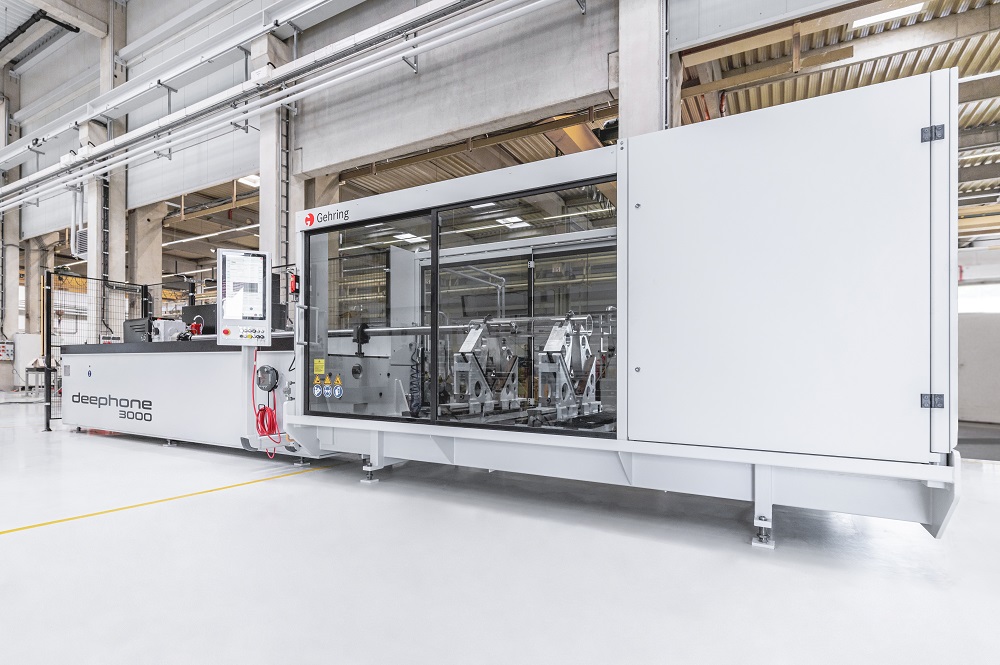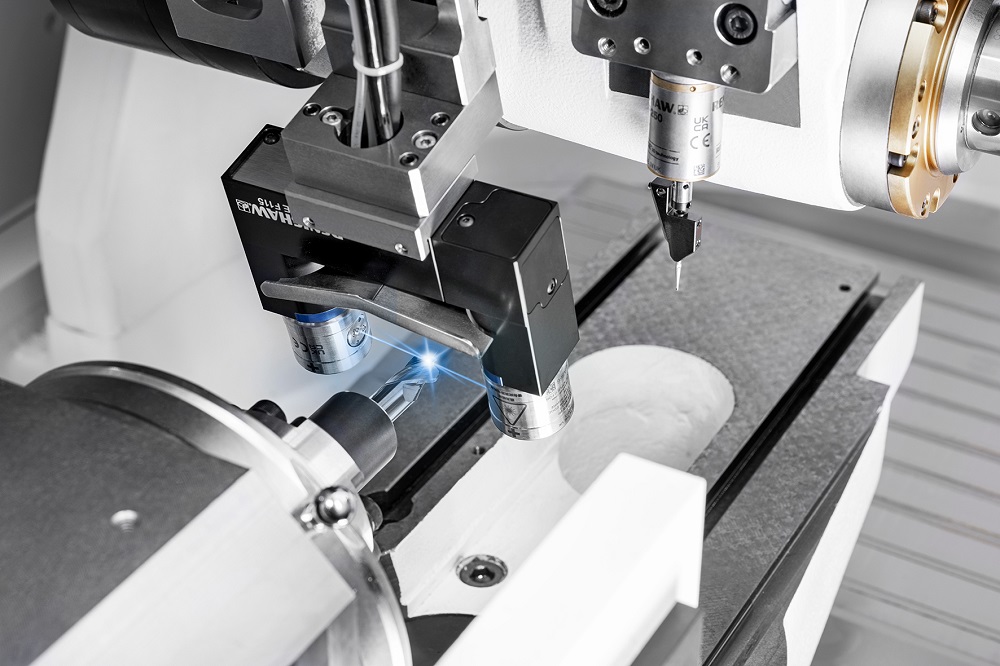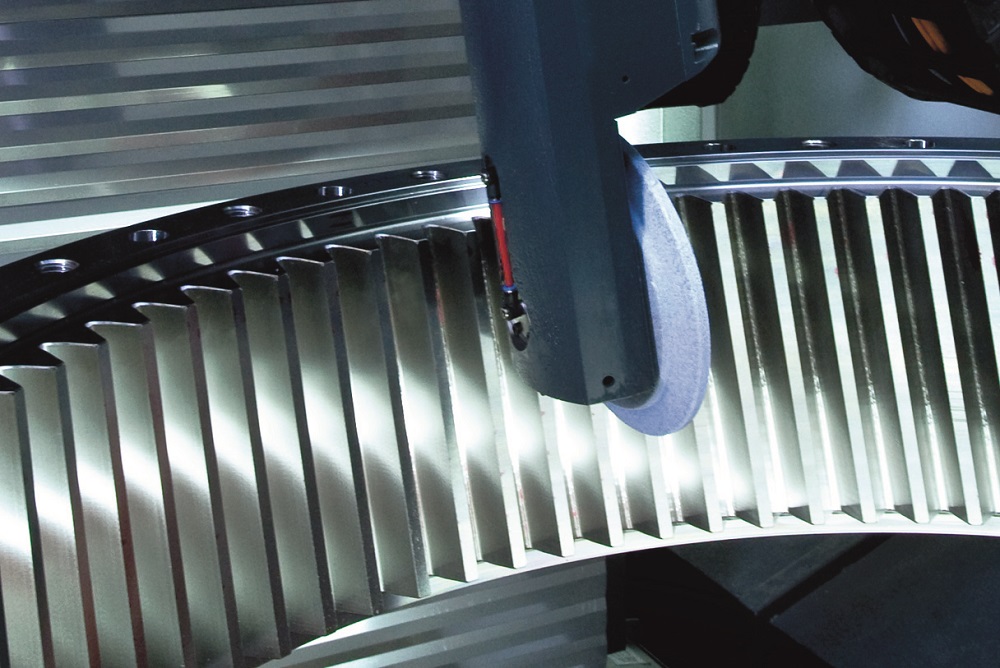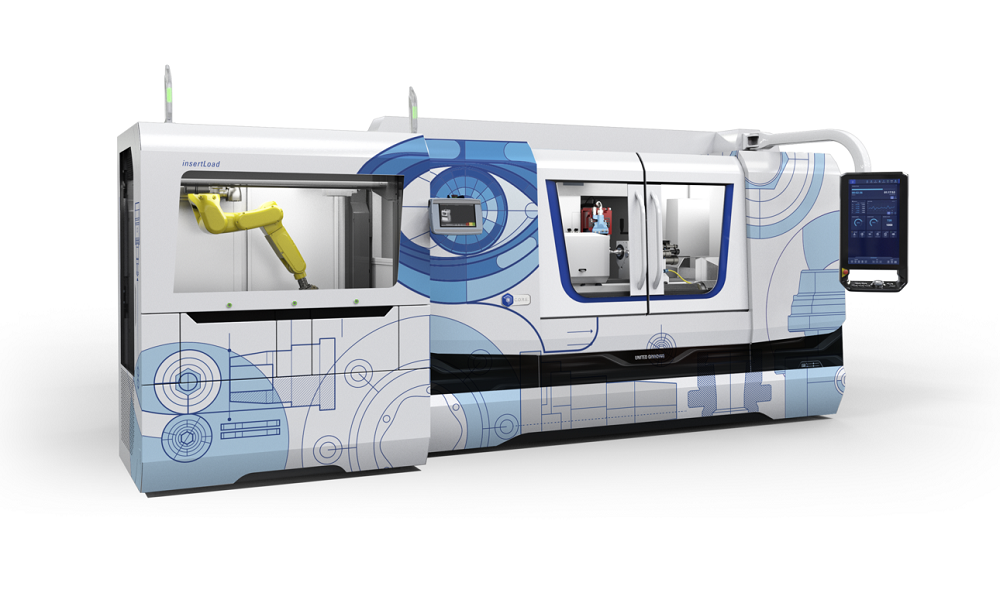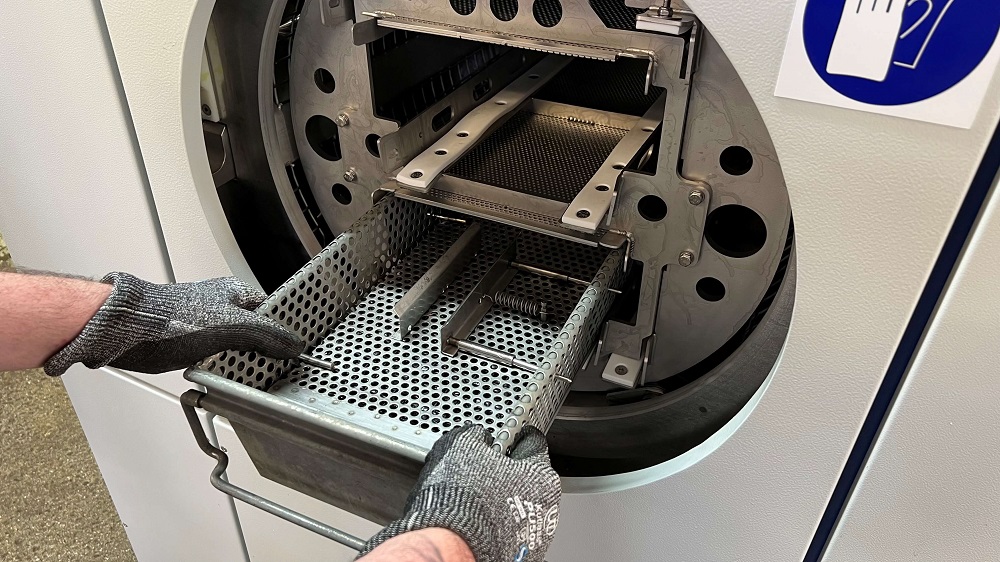With its deephone series, Gehring Technologies offers horizontal honing machines for a wide range of large components. At EMO 2023 in Hanover last month, the company presented new developments and features in this segment that enable the more cost-effective execution of demanding and complex machining processes.
“At this year’s EMO, we wanted to show potential customers that we can offer a complete package for honing large workpieces from a single source with our machines, tools and process know-how,” emphasises Marcell Wardin, director ofsales andmarketing. “This package includes a wide range of precision tube components, including cylinder liners for the hydraulic industry, aircraft landing legs, ingot moulds and even radio masts.”
Gehring has developed the deephone machine series for precisely these applications. Stroke lengths range from 2000 to 10,000 mm, while internal machining is possible up to 1200 mm and external machining up to 300 mm.
“An important feature of these machines is their flexibility,” adds Wardin. Indeed, a three-stage gearbox makes it possible to machine a wide variety of workpieces on one machine. Depending on the size of the workpiece or the removal rate, the power requirement changes. The three-stage gearbox provides the necessary adjustment. Without such a component, it may be necessary to distribute different workpieces among several machines or to re-clamp demanding workpieces. With a complete package from a single source, manufacturers can reduce their investment costs.
Gehring also offers tooling innovations. In principle, all tools are adaptable to the company’s deephone machines. Nevertheless, Gehring has a new DH tool series,a special feature of which is their internal cooling system. The company suggests these tools can cut machining time by 20-30% and reduce the need for coolant.
For further information www.gehring-group.com






